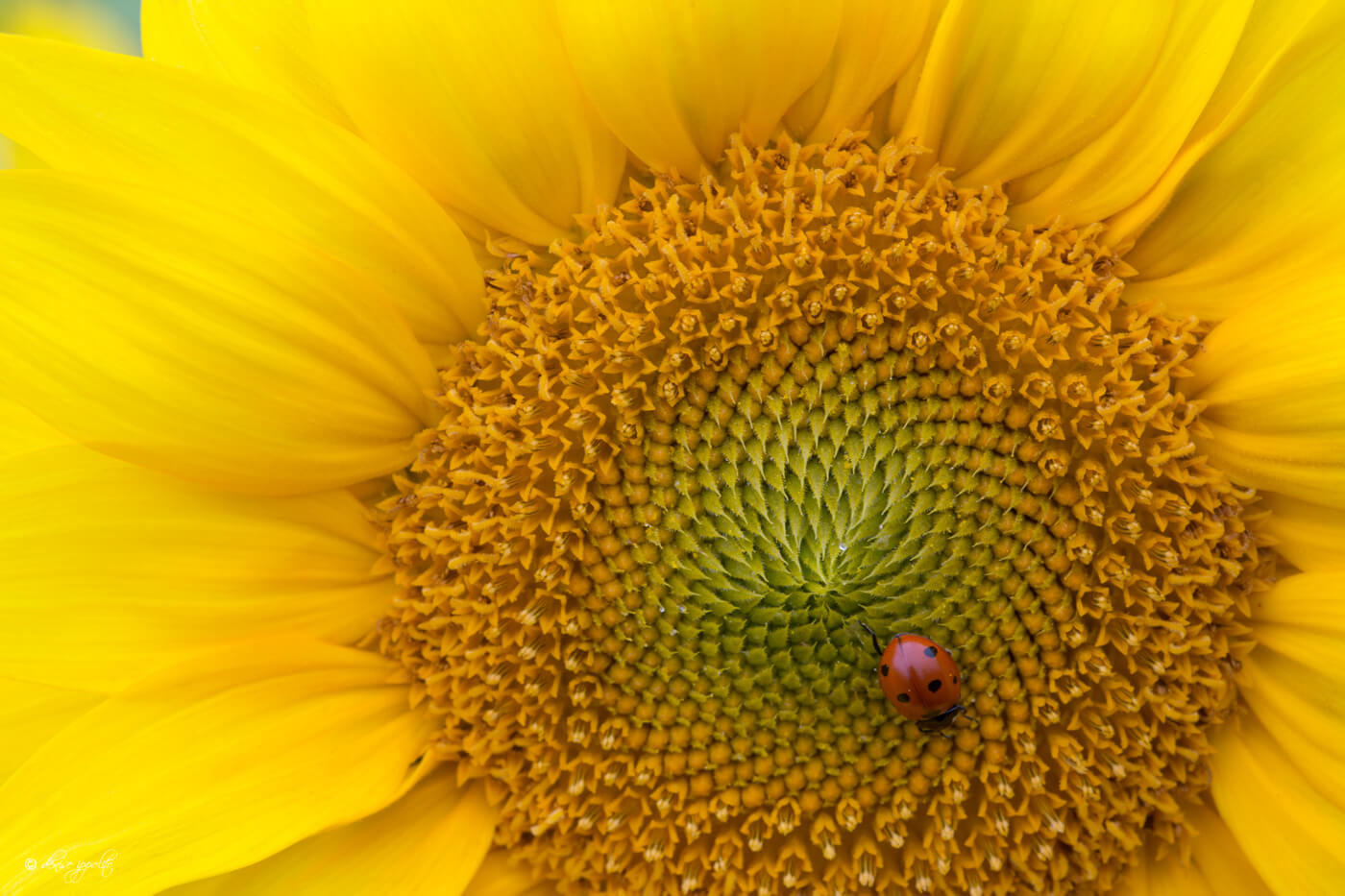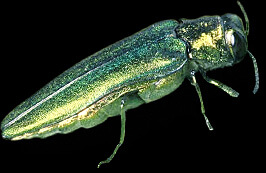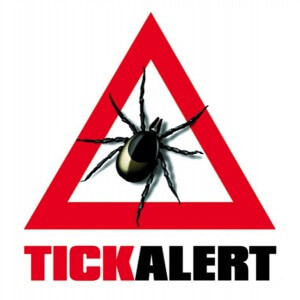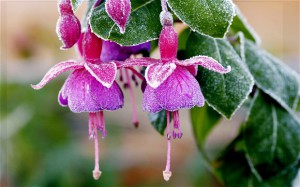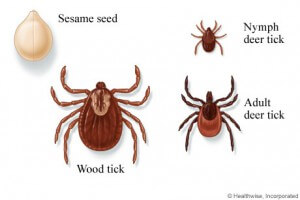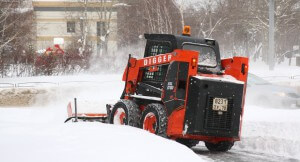Growing Mums can be a bit tricky. Mums are a great fall flower and will add color to your garden well into the season. Here are some tips to grow mums.
Soil preparation. Mums need well-drained soil. If your yard gets saturated quickly grow mums in raised beds with friable soil for good root growth.
If the soil is too dense, add compost and prepare to a depth of 8-12 inches for best performance (about 1 inch deeper than they were in the nursery pot). Mums’ roots are shallow, and they don’t like competition. Plant mums, being careful with the roots as you spread them.
Fertilizer. Plants set out in spring should get a 5-10-10 fertilizer once or twice a month until cooler weather sets in. Don’t fertilize plants set out in fall as annuals, but plants you hope to overwinter should get high-phosphorus fertilizer to stimulate root growth.
Location. Mums need sunlight to thrive. Plants that don’t get enough sunlight will be tall and leggy and produce fewer, smaller flowers.
Watering. Give mums about an inch of water per week. Avoid soaking the foliage, which encourages disease.
Overwintering. Prepare mums for winter after the first hard frost. Mulch up to 4 inches with straw or shredded hardwood. Pinch off dead blooms to clean up the plant, but leave branches intact. Mums have a better chance of surviving if you wait to prune old stems until spring. As soon as the weather warms, get rid of the mulch to allow new shoots to pop up.
Pests. You may notice aphids, leafhoppers, or spider mites, but they are not likely to harm the plant.

